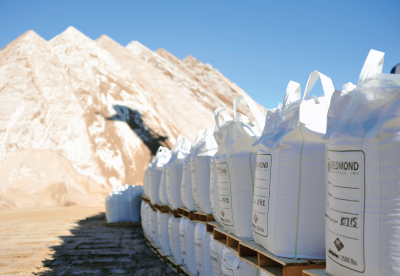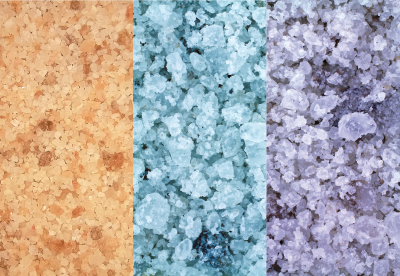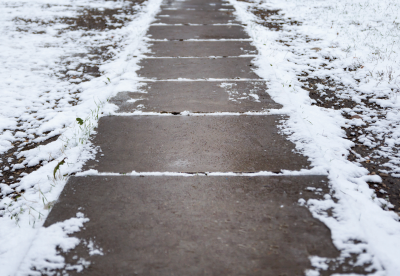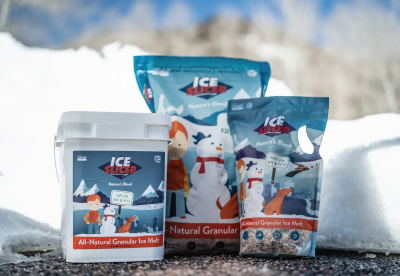Date December 14, 2020 | Brooke Loeffler
Slip and Fall Liability: How to Prepare and Protect
Laws Vary By State
First, understand that liability laws vary state by state. Your insurance agency as well as local liability attorneys can help you better understand how liabilities are structured in your state. Let’s take a look at some basic legal parameters you should be aware of.
Fault Sharing
Portioning out fault after a slip and fall accident is not always straightforward, and again will vary state by state and case by case.
Comparative Negligence
Some states allow fault to be shared if both parties (property owner and injured person) are found to be partially responsible for the accident. In these comparative negligence states, fault is usually broken down into percentages and damages paid accordingly. For example, if the property owner was found to be 30% at fault for the incident, they would be required to pay 30% of the damages.
Contributory Negligence
Other states may follow the common law practice of contributory negligence. In these locations, if the injured person is found to be partially at fault in any way, they are not entitled to damages, no matter how negligent the other party was. Be sure to research your own state’s laws to see which practices are followed.
Statute of Limitations
The time frame for legally resolving slip and fall accidents will depend upon your state’s statute of limitations laws. In some rare circumstances, the statute of limitations clock can be tolled or paused as cases are prepared.
Premises Liability
A premise liability case will take an extensive look into:
• Injuries that occurred on a property
• Maintenance of the property itself
• Why the injured person was on the property in the first place
Again, consult local legal advice to get the most accurate information on your state. In most cases, the injured person must prove that the property owner knowingly and willfully neglected the maintenance of their property and did not use reasonable care. An injury on a property does not always mean that the property owner was negligent.
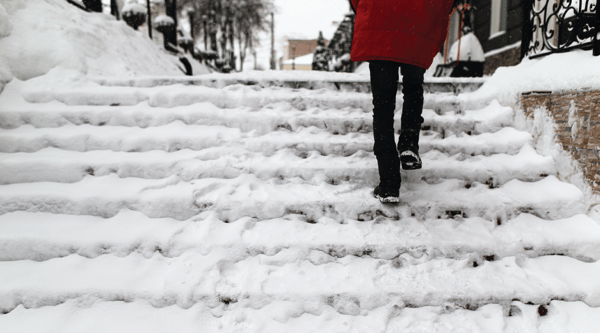
Some states place care responsibilities solely on the property owner for all people who enter the property. Other states will take into consideration why the injured party was visiting.
Let’s look at the 3 classifications for a property visitor:
1. Trespasser
A trespasser is someone who is not authorized to be on the property. In most cases, property owners owe no duty to trespassers, but those liabilities can change if the injured person is a minor. Typically, property owners are protected from liability if they can show they have reasonably addressed potential dangers on their property.
2. Invitees
An invitee is someone who has permission (explicit or implied) to enter the property. This list can include: friends, neighbors, relatives, employees, customers, repair technicians, and sometimes delivery workers (see licensees below). The property owner has a duty to provide reasonable care for their invitees’ safety.
3. Licensees
A licensee is a visitor who is on the property for their own purposes, such as salespeople, and sometimes delivery workers. It is usually more difficult for a licensee to be awarded damages from a property owner than an invitee. Delivery workers have been classified both as invitees and licensees on a case by case basis.
How To Prepare and Protect Your Home and Business

Plan Ahead For Ice and Snow
- Stockpile the right snow fighting supplies early and have enough to avoid running out.
- Purchase ice melt that is safe for pets and children. and store in a dry location.
- For businesses, purchase “caution, wet floor signs” and store them in an easy to access location.
- Purchase safety floor mats to use around entrances.
Pay Attention To Your Property
- Keep a close eye on conditions on the exterior of your property.
- Make sure water and runoff are not being diverted over walkways. This includes drainage pipes and downspouts.
- Sign up for weather alerts so you can place down mats, signs, and preventative ice melt before a storm hits.
- Remove snow and ice as soon as is reasonably possible; do not let it accumulate.
- Apply ice melt responsibly.
- If you have a large property, consider contracting with a private snow-fighting service to help you stay on top of snow accumulation.
Be Ready To Document
- Be ready to take photographs or video of your property on any given day.
- If video surveillance is too expensive, ensure you have easy access to a camera so you can take photos of your property in case of injuries.
- Document facts right away after an incident: get witness statements, take photos, write down facts and information while it is still fresh to ensure accuracy.
Know Your Liability Coverage/Laws
- Refresh your memory on what your insurance covers and make adjustments to your policy if needed.
- Learn about your local liability laws so you are not surprised in the future.
© 2024 Redmond Minerals Inc.


